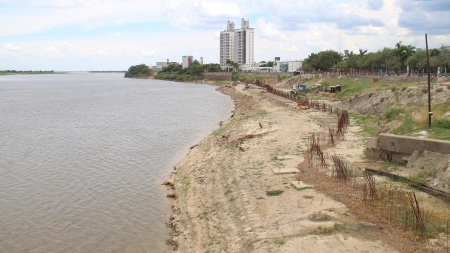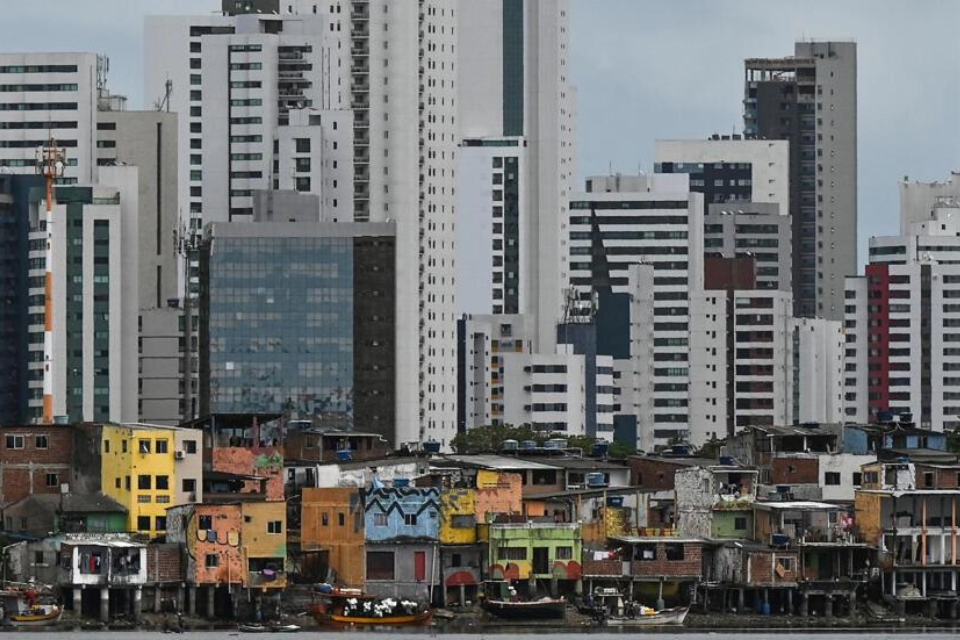The Government of Formosa explained that the lack of water in the three large rivers: Paraguay, Bermejo and Pilcomayo, “obeys a global process that is the La Niña phenomenon, which is characterized by a state of drought sustained over time,” and stressed that the problem “is not only in the province, but in the entire region” and that the government of Formosa “faces different actions to supply water to the towns.”
The executive coordinator of the Provincial Water Coordination Unit in Formosa (UPCA), Horacio Zambón, explained that, among the problems caused by the lack of this natural resource, is “the provision of water for human consumption.”
In this regard, he pointed out that The Paraguay River is in a slight rise throughout its length, “but it is very slight”, adding that “of the minimum values that we have had at the beginning of January 2023, in the local port we had 16 centimeters and in the day of this Wednesday the 25th, the hydrometric scale marked 53 centimeters”.
“It is a small daily value of increase that was sustained and this is a reality in the entire Paraguay River basin,” he stressed.
He stressed that “in none of the ports from the marsh area to the mouth, all are with a slight rise, there is no drop, which is important,” he estimated.
On the Bermejo river, he indicated that “there were still no significant flows”, and specified that this is “the result of the absence of rainfall in the upper sector of the basin in the territory of Bolivia, Salta and Jujuy”.
In the Pilcomayo basin sector, in the Bolivian area, “there is a lack of storms that give normal power to what we know statistically in the months of January, February and March, where the big events occur”:
In this line, he stressed that the government is facing different actions to supply water to localities.
And he pointed out that, in the case of Laguna Yema, in the El Aibal area, it has “the installation of a pumping system, which with a flow diverts water to the local reservoir and from there it is re-pumped to the lined channel in concrete”.
“The objective is to supply raw water to Laguna Yema, Pozo del Mortero, Bazán and Las Lomitas.”
Referring to the Pilcomayo, he remarked that “it is critical because the flows are not significant enough to produce the necessary food for the great wetland that is El Bañado La Estrella.”
And he added that “fundamentally the few flows, the few water pulses that have entered so far are doing so through the natural depressions that it has.” For this reason, he asserted that a pumping and re-pumping system was installed on route 28 at kilometer 40, from the flow distributor to the splitters, at kilometer 26, and there “two pumping stations have been installed for the purposes of to arrive with raw water to Las Lomitas”.
Then he emphasized that “they have been pumping for almost four days in a sustained manner and at a good pace.”
At the end, Zambón said that “forecasts are very varied and depend on the model used by each forecaster”and exemplified that in some “there is the possibility of having some precipitation fronts in Pozo del Tigre, but currently that has been moved to Friday.”
Then, he reflected that “setting precipitation dates is very difficult.”










